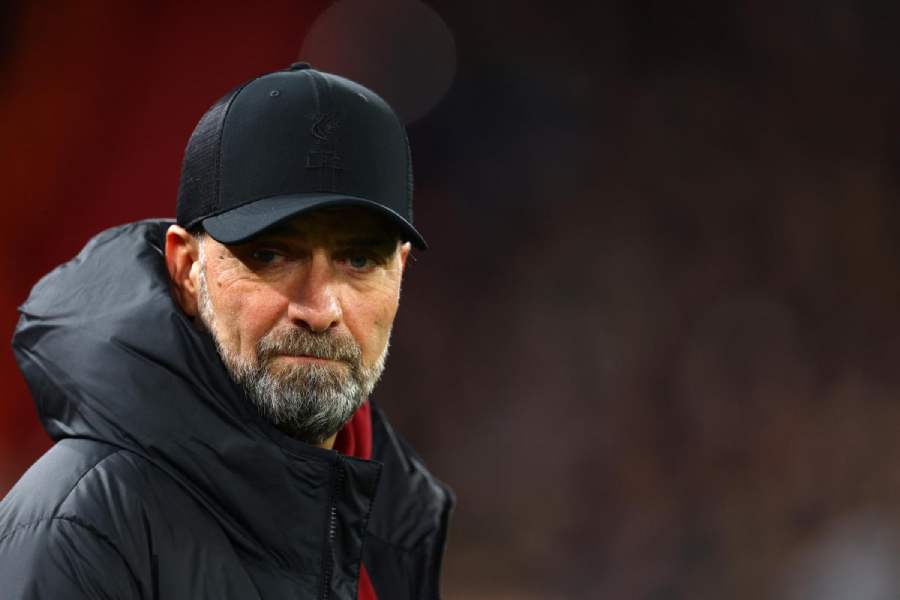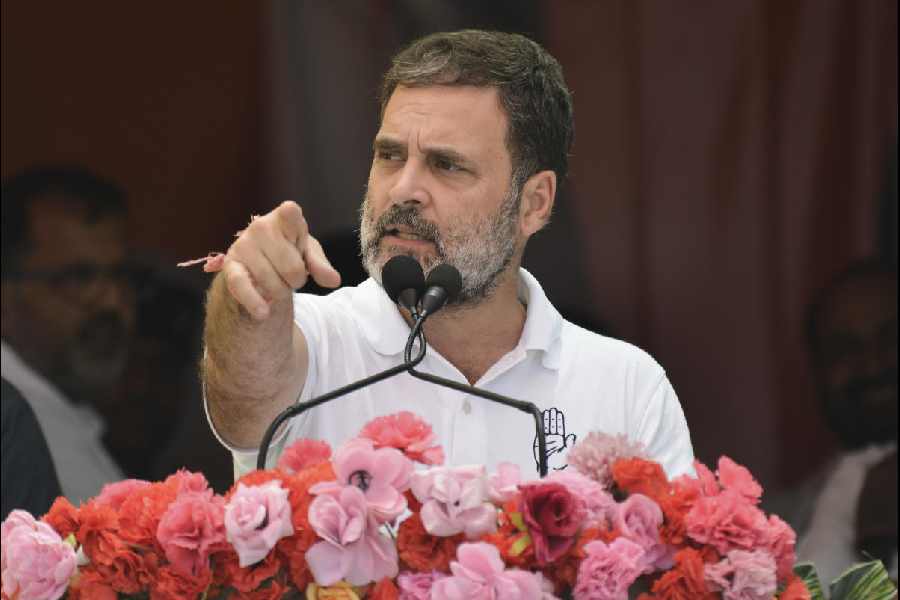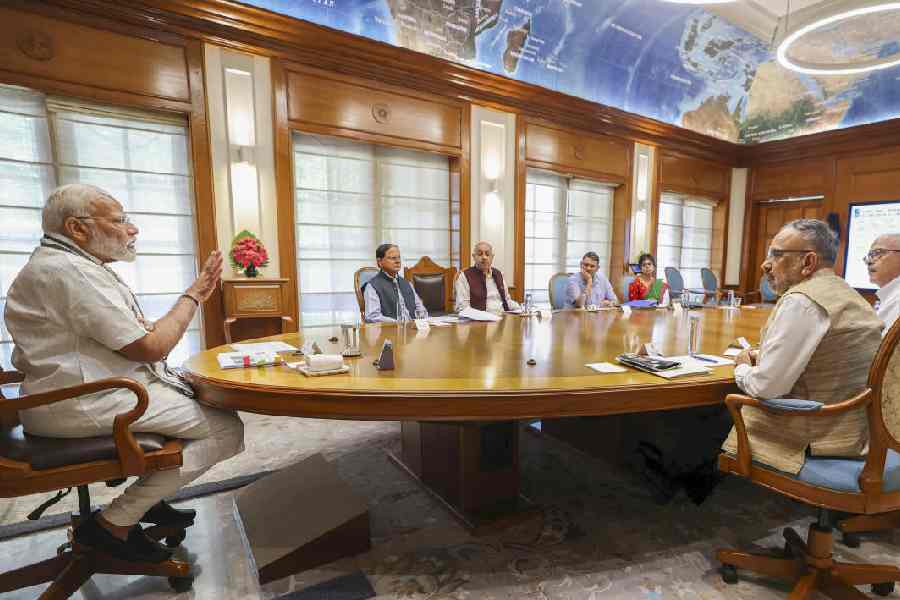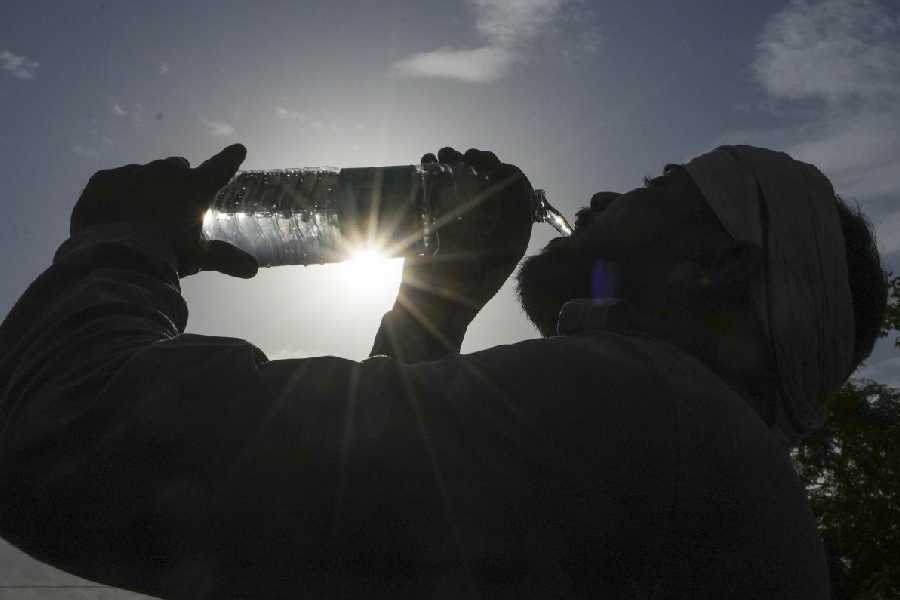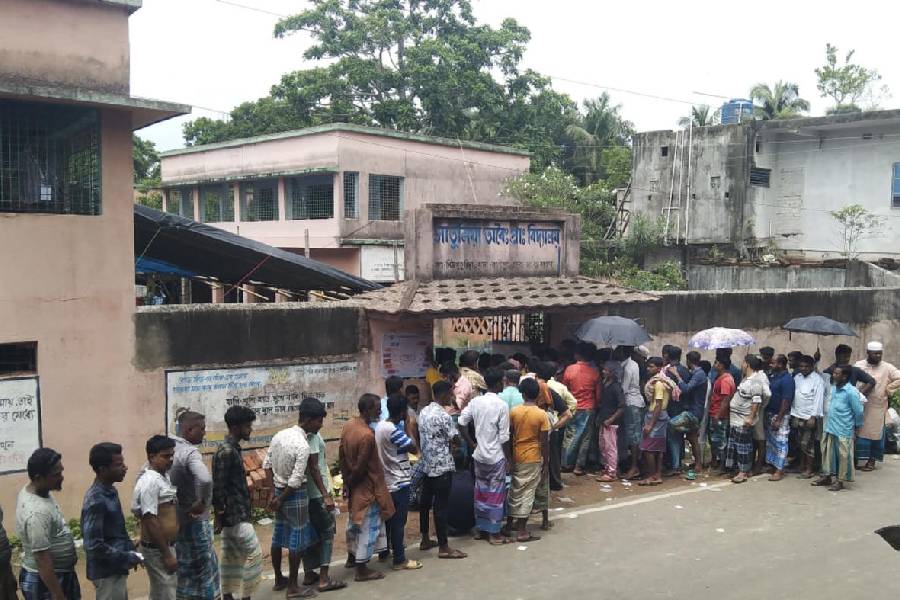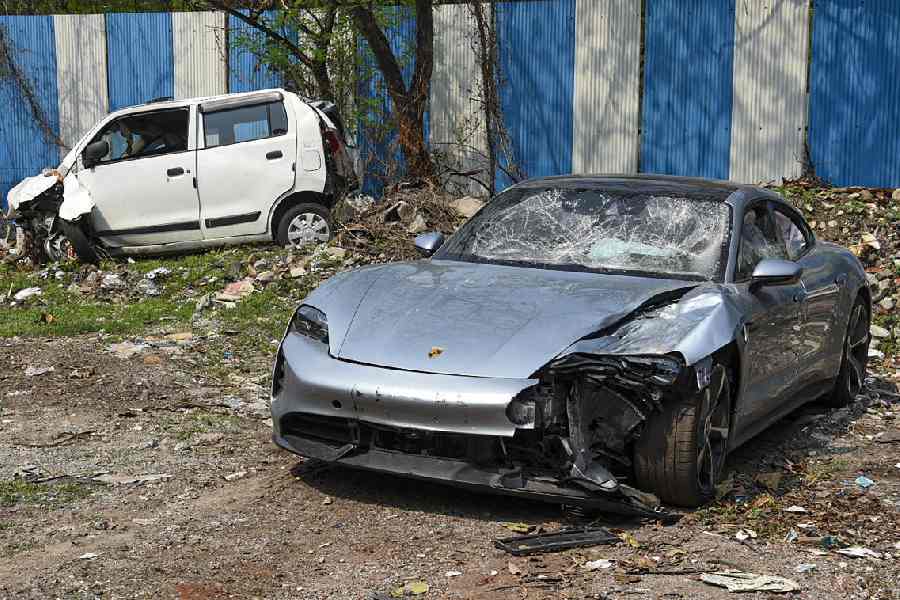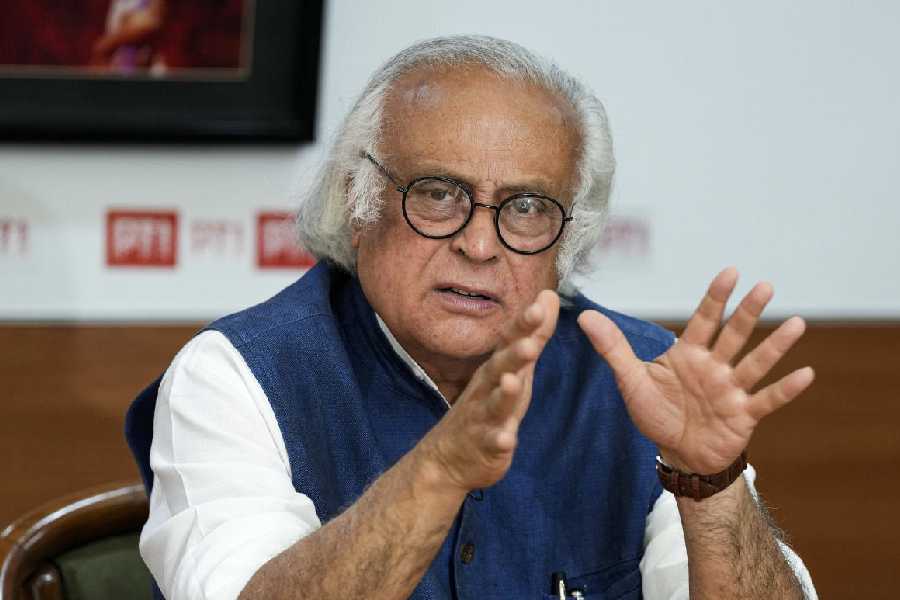Jürgen Klopp’s week has been one long goodbye. On Tuesday, Klopp, Liverpool’s soon-to-be former manager, was at Anfield, the stadium that has sung his name and thrilled at his team for the last nine years, bidding farewell to hundreds of members of the club’s staff. On Thursday, he and his players shared one last barbecue at Liverpool’s training facility on the fringe of the city.
In between, there have been countless jerseys to sign — “I don’t know how many, but everyone has one now,” he said — and endless hands to shake. There is still the looming specter of Sunday, when he will take charge of Liverpool one final time. He is scheduled to address the crowd at Anfield afterward. “The most intense week of my life,” he said. “It’s been a lot.”
The most emotional moments have come in private. Klopp has been inundated with emails and messages and letters from fans in such volume that he has not been able to read them all, let alone reply. Each contains the “stories of what it has meant to them,” he said. They have moved him so much that, when asked by the club’s in-house television channel to read a handful, he demurred. “I would have burst into tears,” he said.
Klopp does not pretend to understand, not fully, why there is such a depth of feeling toward him from Liverpool’s fans — the club’s “people,” as he calls them. His instinct is to play it down. “I know that if you are Liverpool manager, people like you,” he said. “Until you disappoint them. And we never really disappointed them.”
That is an understatement. In Klopp’s near-decade at Anfield, he lifted (almost) every major trophy available. On his watch, Liverpool was crowned champion of Europe, and then the world. A year later, in 2020, he steered the club to the Premier League title. It was the club’s first English championship in 30 extremely long years.
There have been other honors, too, in the form of three domestic cups, and a slew of near-misses as Liverpool — once a faded giant — has been restored to the very front rank of European soccer’s great powers.
Even that, though, does not wholly explain quite how hard Liverpool, both as a fan base and as a place, has fallen for Klopp. There are bars and hotels named after him. And his face — the bright white grin, the beard now more salt than pepper — beams out from a half-dozen murals around the city.
The first of them, in the Baltic Triangle, went up in 2018, painted by French street artist Akse on the wall of a motorcycle garage. It was a surprisingly easy negotiation, given that John Jameson, the building’s owner, is a dyed-in-the-wool fan of Everton, Liverpool’s fierce city rival.
“He thought it would be good for business,” said his son, also John Jameson. The thinking, the son said, was that even Liverpool publicity “was good publicity.”
Other murals soon followed, some commissioned by the club itself, some by fan groups and some — more recently — as rather more blatant advertisements.
Liverpool can feel, at times, like a city of soccer-themed murals. Several more are dedicated to current or former players. “It’s starting to feel a bit like an insult if you don’t have one,” said Shaun O’Donnell, a co-founder of BOSS Nights, a live music brand geared toward Liverpool fans.
No subject is more popular, though, than Klopp. BOSS lent its name to another early mural of him, right around the corner from Anfield, as a play on the word’s dual meaning in Liverpool: both “person in charge” and “great.”
O’Donnell was conscious that he did not want to be seen to be “jumping on a bandwagon” by doing another mural. For Klopp, though, he was prepared to make an exception. “We owe him everything,” he said. “Everything we’ve been able to do, it’s all down to Jürgen.”
Initially, BOSS Nights were distinctly small-scale events: a few dozen friends, familiar from long road trips following Liverpool, gathering in bars around the Baltic Quarter to listen to live music. Klopp’s arrival, the jolt of electricity he sent running through the club, turned it into something else.
In 2019, the year that Klopp led Liverpool to the Champions League title, BOSS staged a show at a fan park in Madrid, where the final was held. It attracted tens of thousands of fans. Jamie Webster, who started out performing in O’Donnell’s shows, now has more than 50 million streams on Spotify. His rendition of “Allez Allez Allez,” the most enduring of the fan chants from Klopp’s era, has been played 16.5 million times.
“This wouldn’t have happened for just any manager,” O’Donnell said. “Maybe it’s his charisma, but there’s something about him. The atmosphere at the ground has gone up a notch. He makes you want to contribute. There’s a feeling that they need us as much as we need them.”
O’Donnell frequently receives calls from pubs and bars around Anfield asking if he can recommend a singer or a guitarist for a show before games. “That didn’t used to happen,” he said. “Live music and football were never really a thing here. Getting someone to do Liverpool songs wouldn’t necessarily be cool. It’s become cool because of him.”
Klopp is not looking forward to Sunday and that final farewell. He is not sure he will even be in the right emotional state to address his team before the game. “Saying goodbye is never nice,” he said. “But if you said goodbye without feeling sad, or hurt, that would mean the time together had not been right.”
For the fans or for the city, if anything, it will be even more difficult. When the contract for the original mural of Klopp, outside the motorcycle garage, expired a few years ago, the proprietors asked Akse if he might like to paint over it. He refused.
Instead, he has come down occasionally over the years to touch it up. “Sometimes Everton fans come and vandalize it,” the younger John Jameson said. “You see the graffiti when you come in on Monday morning.”
He does not think there is any reason to do anything but maintain it now. “We get a coach-load of tourists every day, at least,” he said. “It’s like it’s on the tour: first stop the Cavern Club, second stop the Klopp mural.” Nine years after Klopp arrived in Liverpool, his image has become an indelible part of the city’s iconography. “It looks like he’s staying,” Jameson said.
The New York Times News Service

